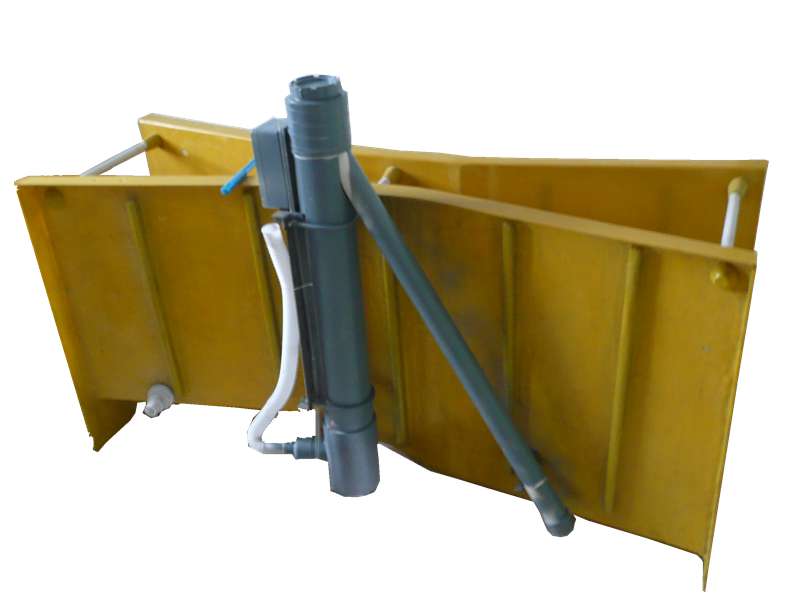
-
 Afrikaans
Afrikaans -
 Albanian
Albanian -
 Amharic
Amharic -
 Arabic
Arabic -
 Armenian
Armenian -
 Azerbaijani
Azerbaijani -
 Basque
Basque -
 Belarusian
Belarusian -
 Bengali
Bengali -
 Bosnian
Bosnian -
 Bulgarian
Bulgarian -
 Catalan
Catalan -
 Cebuano
Cebuano -
 China
China -
 China (Taiwan)
China (Taiwan) -
 Corsican
Corsican -
 Croatian
Croatian -
 Czech
Czech -
 Danish
Danish -
 Dutch
Dutch -
 English
English -
 Esperanto
Esperanto -
 Estonian
Estonian -
 Finnish
Finnish -
 French
French -
 Frisian
Frisian -
 Galician
Galician -
 Georgian
Georgian -
 German
German -
 Greek
Greek -
 Gujarati
Gujarati -
 Haitian Creole
Haitian Creole -
 hausa
hausa -
 hawaiian
hawaiian -
 Hebrew
Hebrew -
 Hindi
Hindi -
 Miao
Miao -
 Hungarian
Hungarian -
 Icelandic
Icelandic -
 igbo
igbo -
 Indonesian
Indonesian -
 irish
irish -
 Italian
Italian -
 Japanese
Japanese -
 Javanese
Javanese -
 Kannada
Kannada -
 kazakh
kazakh -
 Khmer
Khmer -
 Rwandese
Rwandese -
 Korean
Korean -
 Kurdish
Kurdish -
 Kyrgyz
Kyrgyz -
 Lao
Lao -
 Latin
Latin -
 Latvian
Latvian -
 Lithuanian
Lithuanian -
 Luxembourgish
Luxembourgish -
 Macedonian
Macedonian -
 Malgashi
Malgashi -
 Malay
Malay -
 Malayalam
Malayalam -
 Maltese
Maltese -
 Maori
Maori -
 Marathi
Marathi -
 Mongolian
Mongolian -
 Myanmar
Myanmar -
 Nepali
Nepali -
 Norwegian
Norwegian -
 Norwegian
Norwegian -
 Occitan
Occitan -
 Pashto
Pashto -
 Persian
Persian -
 Polish
Polish -
 Portuguese
Portuguese -
 Punjabi
Punjabi -
 Romanian
Romanian -
 Russian
Russian -
 Samoan
Samoan -
 Scottish Gaelic
Scottish Gaelic -
 Serbian
Serbian -
 Sesotho
Sesotho -
 Shona
Shona -
 Sindhi
Sindhi -
 Sinhala
Sinhala -
 Slovak
Slovak -
 Slovenian
Slovenian -
 Somali
Somali -
 Spanish
Spanish -
 Sundanese
Sundanese -
 Swahili
Swahili -
 Swedish
Swedish -
 Tagalog
Tagalog -
 Tajik
Tajik -
 Tamil
Tamil -
 Tatar
Tatar -
 Telugu
Telugu -
 Thai
Thai -
 Turkish
Turkish -
 Turkmen
Turkmen -
 Ukrainian
Ukrainian -
 Urdu
Urdu -
 Uighur
Uighur -
 Uzbek
Uzbek -
 Vietnamese
Vietnamese -
 Welsh
Welsh -
 Bantu
Bantu -
 Yiddish
Yiddish -
 Yoruba
Yoruba -
 Zulu
Zulu
Exploring the Fundamentals and Applications of FRP Technology in Modern Engineering
Understanding FRP A Step-by-Step Guide
Fiber Reinforced Polymer (FRP) is gaining increasing attention in various industries due to its unique properties and advantages. This article aims to provide a comprehensive understanding of FRP, detailing its composition, applications, and benefits.
What is FRP?
FRP is a composite material made of a polymer matrix reinforced with fibers, which can be made from materials such as glass, carbon, aramid, or natural fibers. The combination of these materials gives FRP a unique set of characteristics that make it suitable for a variety of applications.
Step 1 Composition of FRP
The first step in understanding FRP is recognizing its composition. The polymer matrix is responsible for binding the fibers together, providing structural integrity and protection against environmental factors. The choice of fiber significantly impacts the properties of the final product. For example, glass fibers offer good tensile strength and low cost, while carbon fibers provide exceptional strength and stiffness but come at a premium price.
Step 2 Manufacturing Process
frp step

The next step involves the manufacturing process of FRP. Typically, the production of FRP begins with the preparation of the polymer matrix and the reinforcement fibers. Following this, different techniques such as hand layup, filament winding, or pultrusion are employed to manufacture FRP products. Each method has its advantages and is chosen based on the desired properties and application of the final product.
Step 3 Applications of FRP
FRP is incredibly versatile and finds applications across various sectors. In construction, it is used for strengthening structures, manufacturing lightweight components, and creating unique architectural designs. The automotive and aerospace industries use FRP for its lightweight nature, which contributes to improved fuel efficiency. Additionally, FRP is employed in marine applications due to its excellent corrosion resistance.
Step 4 Benefits of FRP
The final step in our exploration of FRP is its benefits. The most notable advantage is its high strength-to-weight ratio, which allows for lighter structures compared to traditional materials. FRP is also resistant to corrosion and chemical damage, ensuring longevity and reduced maintenance costs. Furthermore, the design flexibility of FRP enables the creation of complex shapes that conventional materials may not accommodate.
Conclusion
In summary, the journey to understanding FRP is multifaceted, involving its composition, manufacturing processes, applications, and benefits. As industries continue to seek innovative materials that offer enhanced performance and sustainability, FRP stands out as a promising solution. Whether it’s in construction, automotive, or aerospace, the potential of FRP is vast, and as technology evolves, so too will its applications and capabilities. By embracing this material, industries can pave the way for a more efficient and sustainable future.
Latest news
-
Exploring the Benefits of Top Hammer Drifter Rods for Enhanced Drilling PerformanceNewsJun.10,2025
-
High-Precision Fiberglass Winding Machine for GRP/FRP Pipe Production – Reliable & Efficient SolutionsNewsJun.10,2025
-
FRP Pipes & Fittings for Shipbuilding - Corrosion-Resistant & LightweightNewsJun.09,2025
-
Premium FRP Flooring Solutions Durable & Slip-ResistantNewsJun.09,2025
-
Premium Fiberglass Rectangular Tanks Durable & Lightweight SolutionNewsJun.09,2025
-
Tapered Drill String Design Guide Durable Performance & UsesNewsJun.09,2025









